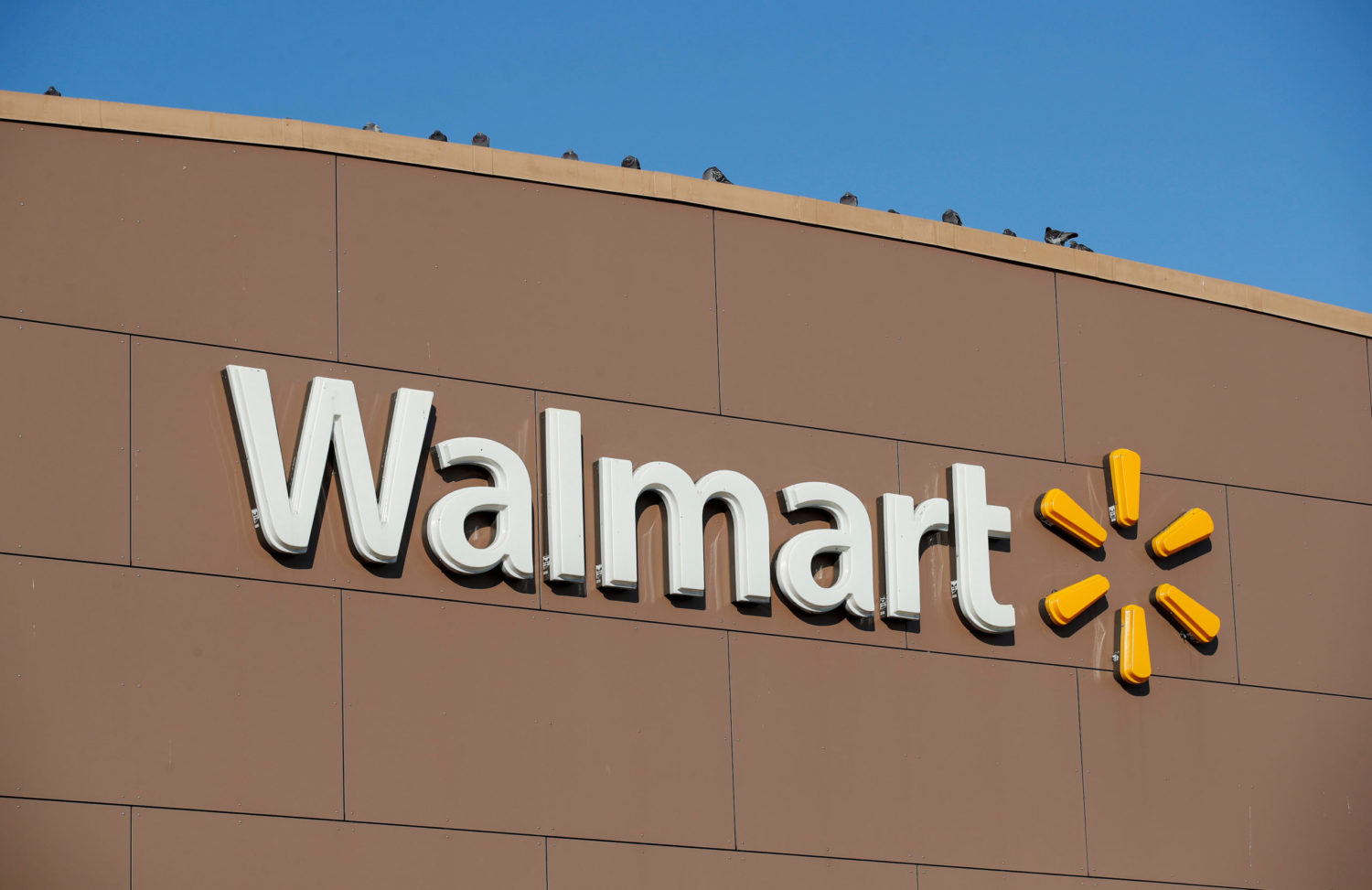
Important Takeaways:
- President Trump laid down a demand Friday for a “balanced budget” while a nonpartisan budget group estimated his tax priorities will cost at least $5 trillion over 10 years and perhaps double that.
- “BALANCED BUDGET!!!” the president posted on social media Friday.
- The federal budget hasn’t been balanced since the Clinton administration. The deficit for the current fiscal year, which started Oct. 1, is $711 billion, according to the Treasury Department.
- It’s especially tough to balance the budget without cutting Social Security and Medicare, which Mr. Trump has promised not to do.
- What the president appears to be referring to in his social media post is ensuring that the new spending and tax proposals that lawmakers are working on will not further add to the deficit, rather than truly balancing the federal budget.
- The Committee for a Responsible Federal Budget released an estimate of the tax priorities that Mr. Trump laid out during this week’s meeting with House Republicans, finding the proposals would cost $5 trillion to $11.2 trillion over 10 years, depending how they’re structured.
- The bulk of that cost, $3.9 trillion to 4.8 trillion, comes from extending tax cuts enacted during Mr. Trump’s first term that are set to expire at the end of the year, including lower rates for individuals and small businesses.
- Republicans have talked about using a current policy baseline that would assume those tax cuts remain baked into law, effectively wiping the cost down to zero.
- Even if they do that, Mr. Trump is proposing plenty of new tax cuts that would need to be offset to achieve his balance goal.
- His plan to cut taxes on income from tips, overtime pay and Social Security benefits would cost $900 billion to $5 trillion.
- The CRFB said the range is so wide because Mr. Trump and lawmakers have yet to provide details. The costs will depend on “if these forms of income are exempt from taxation only for income taxes or for both income and payroll taxes, if these exemptions are subject to strict guardrails to limit cost and make it harder for taxpayers to reclassify income as tips and overtime, and how taxpayers react to these proposals,” the group said.
- Another wide range, $200 billion to $1.2 trillion, comes from lifting the $10,000 cap on the state and local tax (SALT) deduction enacted as a partial offset to the 2017 tax cuts. Mr. Trump has sided with lawmakers from high-tax states who want to provide SALT relief for their constituents, but they have yet to come up with a specific proposal.
- Trump also floated cutting taxes on products made in America.
- “This could reflect his campaign proposal to lower the corporate tax rate to 15% for domestic manufacturing — or it could represent something more modest,” the CRFB said, estimating it will cost $100 billion to $200 billion.
- The president’s tax priorities also included a few proposals that would add revenue: closing the carried interest loophole that benefits private equity and reducing tax benefits for stadium owners. The CRFB assumed the latter refers to ending the tax benefit for some or all private activity bonds that can be used to finance professional sports stadiums.
- Taken together, those changes “could raise between $20 and $100 billion over a decade — enough to cover 0.2 to 1.8% of the tax cuts he reportedly outlined,” the CRFB said.
Read the original article by clicking here.











